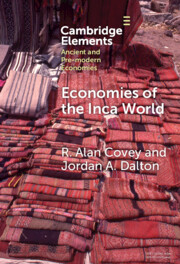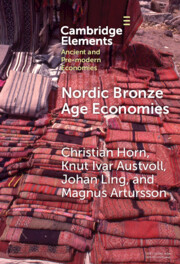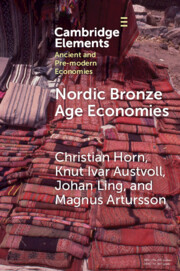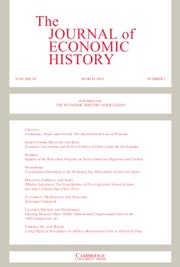Economies of the Inca World
The Inca Empire (c. 1400–1532) was the largest Indigenous state to develop in the Americas, spanning the extraordinarily rich landscapes of the central Andes. Scholarly approaches to Inca-era economies initially drew on Spanish colonial documents that emphasized royal resource monopolies, labor tribute, and kin-based land tenure. Anthropologists in recent decades have emphasized local economic self-sufficiency and the role of reciprocity in Inca economics. This Element adds to the existing literature by reviewing recent archaeological research in the Inca capital region and different provinces. The material evidence and documents indicate considerable variation in the development and implementation of Inca political economy, reflecting an array of local economic practices that were tailored to different Andean environments. Although Inca economic development downplayed interregional trade, emerging evidence indicates the existence of more specialized trading practices in Inca peripheral regions, some of which persisted under imperial rule.
Product details
February 2025Adobe eBook Reader
9781009552110
0 pages
Not yet published - available from February 2025
Table of Contents
- 1. The Inca empire and Andean economics
- 2. Inca political economy in historical context
- 3. The 'Noble Economy' of Cuzco
- 4. Inca political economy in the highland provinces
- 5. Specialization and trade on the pacific coast
- 6. Imperial economics in marginal and frontier zones
- 7. Conclusion
- Glossary
- References.









